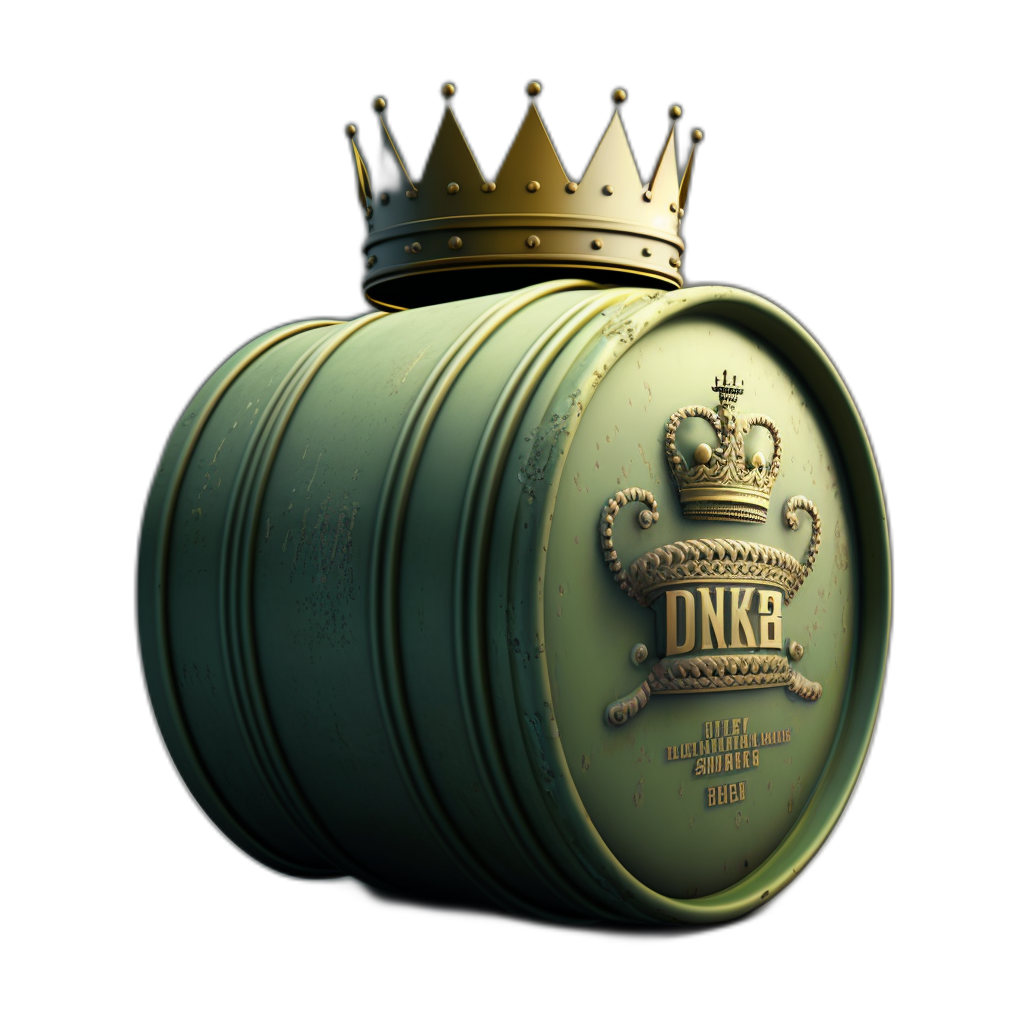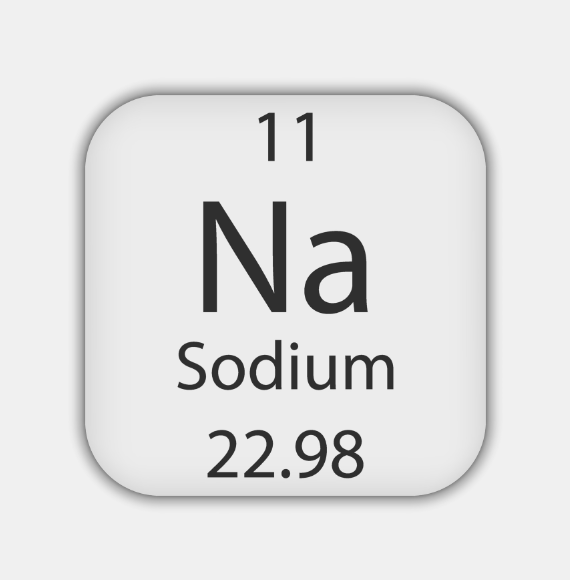In our daily diet, sodium is as ubiquitous as the air we breathe. It’s in our soups, our sandwiches, and even in our sweet treats. But how much sodium per day is considered safe, healthy, and just right? This post dives into the depths of sodium intake, shedding light on the recommended daily limits and exploring the fine line between enough and too much.
The Role of Sodium in Our Diet
Sodium, an essential nutrient, plays a crucial role in our body. It helps maintain fluid balance, supports nerve function, and is involved in muscle contractions. Despite its importance, the modern diet often includes far more sodium than our body requires, primarily due to processed and prepared foods.
Recommended Sodium Per Day
According to health organizations like the American Heart Association (AHA), the recommended daily intake of sodium for most adults is no more than 2,300 milligrams (mg) a day, which is roughly equivalent to one teaspoon of table salt. However, they further advise that an ideal limit for most adults is even lower, at about 1,500 mg per day, especially for those with high blood pressure or risk factors for heart disease.
How Much Sodium a Day Is Too Much
Consuming more than 2,300 mg of sodium a day is considered too much and can lead to high blood pressure, which is a major risk factor for heart disease and stroke. Unfortunately, many people exceed this amount regularly, largely due to the high sodium content of processed foods and eating out.
How Much Sodium a Day Is Safe
Staying within the safe limit of under 2,300 mg per day is advised for the general population. Those with hypertension or prehypertension might benefit from sticking closer to the 1,500 mg mark. It’s important to note that individual needs can vary based on age, health status, and lifestyle factors.
How Much Sodium a Day Is Healthy
A healthy sodium intake is one that aligns with the recommended guidelines of 1,500 to 2,300 mg per day, depending on one’s health condition and lifestyle. Consuming an amount within this range can help maintain optimal health, prevent chronic diseases, and support overall well-being.
Deciphering Food Labels for Sodium Content
Understanding food labels is key to managing sodium intake. Processed and packaged foods can contain hidden sodium, even in products that don’t taste particularly salty. Learning to read and interpret the sodium content listed on nutrition facts panels can empower you to make informed dietary choices.
Strategies for Reducing Sodium Intake
- Choose Fresh Over Processed: Opt for fresh fruits, vegetables, and lean proteins over canned or processed items.
- Cook at Home: Preparing meals at home allows you to control the amount of sodium added.
- Season Wisely: Experiment with herbs, spices, and salt-free seasoning blends instead of salt.
- Be Mindful When Eating Out: Request nutrition information and choose lower sodium options when dining out.
- Rinse Canned Goods: Rinsing canned vegetables and beans can reduce their sodium content.
The Sodium Balance: Moderation Is Key
Finding the right balance of sodium intake is crucial for maintaining health. While our bodies need a certain amount of sodium to function properly, too much can lead to negative health outcomes. The key is moderation and being mindful of the sources of sodium in our diet.
Sodium is a vital component of our diet, but it’s essential to consume it in moderation. Adhering to the recommended guidelines of 1,500 to 2,300 mg of sodium per day can help maintain a healthy balance, reduce the risk of hypertension, and support overall health and well-being. By making informed food choices and being mindful of sodium intake, we can navigate the sodium sea successfully, ensuring that we get just the right amount to thrive.
minimum grams should have consumption allowance what requirements rda max i eat



